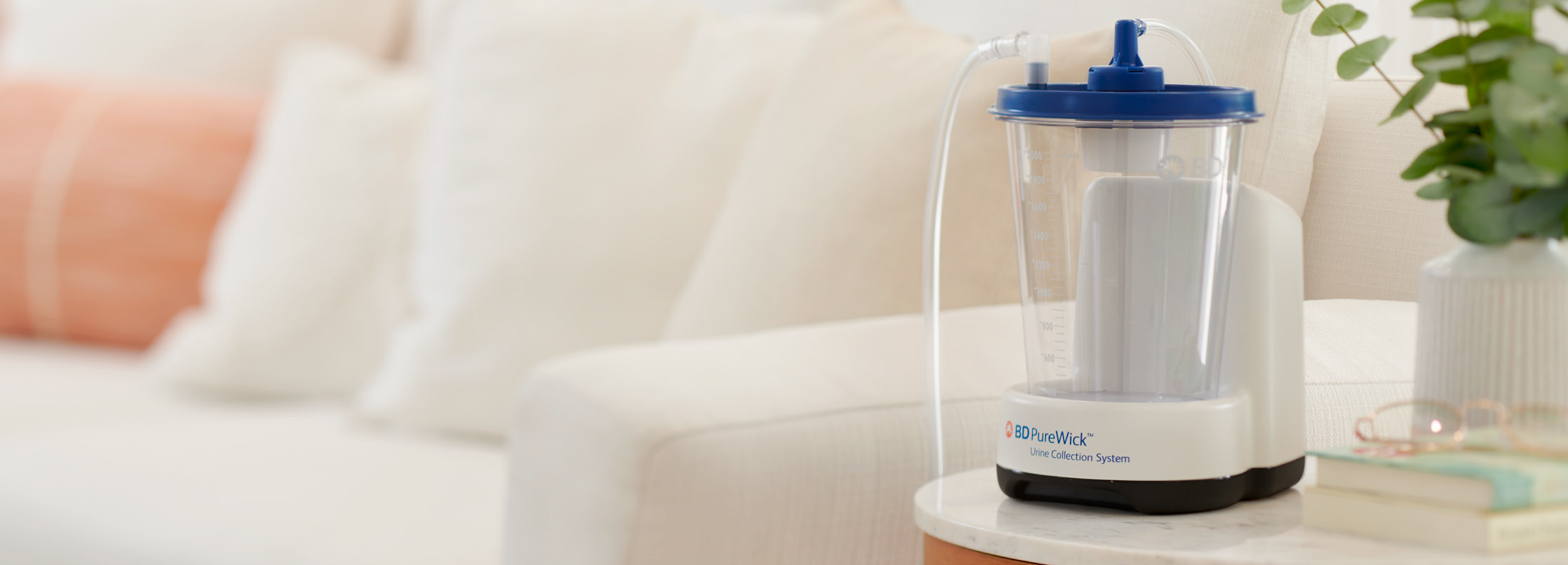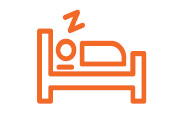Prevalence of female urinary incontinence
Urinary incontinence (UI) is a significant health issue for women in Australia. Up to 38% of Australian women experience urinary incontinence, which requires regular use of incontinence products and medical interventions.[1] This condition is particularly prevalent among older women, with studies showing that nearly half of women over 70 years old suffer from UI.[2] Moreover, women who have had multiple pregnancies or have undergone pelvic surgeries are at higher risk of developing incontinence.[3]
Complications associated with managing moderate and severe female urinary incontinence
Managing moderate to severe UI in women involves a range of complications that can significantly impact physical health, psychological well-being, and social life.
Common complications associated with moderate to severe UI in women include:
Skin Problems: Women with moderate to severe UI are prone to severe skin issues, including erythema and chronic infections due to prolonged exposure to urine.[4] These conditions are often more severe and harder to manage in older women with compromised skin integrity.[5]
Urinary Tract Infections (UTIs): The risk of UTIs is notably higher in women with moderate to severe incontinence, as frequent leakage increases the likelihood of bacterial infections.[1], [6] These infections can become recurrent and more difficult to treat.
Anxiety and Depression: The psychological burden of moderate to severe incontinence can be profound. Women may experience heightened anxiety and depression due to the constant fear of accidents and the social stigma attached to incontinence.[7]
Sleep Disturbances: UI can disrupt sleep patterns, as women may need to wake up frequently during the night to manage leakage, leading to chronic sleep deprivation and associated health issues.[8]

The BD PureWick™ Urine Collection System
The BD PureWick™ System is a non-invasive option for managing UI. This innovative system is easy to set up[9] and can be placed in a few steps. The BD PureWick™ Urine Collection System uses suction and a soft, flexible wick to draw urine away from the body into a sealed collection canister, helping to keep skin dry.
Why you’ll love the BD PureWick™ Urine Collection System:
 Helps keep skin dry by wicking away urine.[10] Helps keep skin dry by wicking away urine.[10] |
 Can make better sleep possible.[11] Can make better sleep possible.[11] |
 May help to reduce the need to get out of bed at night to use the bathroom.[12] May help to reduce the need to get out of bed at night to use the bathroom.[12] |
Buy the PureWick™ Urine Collection System online with SSS Australia: PureWick Urine Collection System
References:
1. Hawthorne G. Measuring Incontinence in Australia. Commonwealth of Australia; 2006.
2. Continence Foundation of Australia (2020) *Urinary Incontinence and Women*. Available at: https://www.continence.org.au (Accessed: 16 July 2024).
3. Continence Foundation of Australia (2020) *Pregnancy and childbirth*. Available at: https://www.continence.org.au (Accessed: 16 July 2024).
4. Campbell, J. L., Coyer, F. M., & Osborne, S. R. (2016). Incontinence-associated dermatitis: a cross-sectional prevalence study in the Australian acute care hospital setting. International Wound Journal, 13(3), 403–411. https://doi.org/10.1111/iwj.12322
5. Farage, M. A., Miller, K. W., Berardesca, E., & Maibach, H. I. (2007). Incontinence in the aged: contact dermatitis and other cutaneous consequences. Contact Dermatitis, 57(4), 211–217. https://doi.org/10.1111/j.1600-0536.2007.01199.x
6. Mayo Clinic (2020) *Urinary Incontinence*. Available at: https://www.mayoclinic.org (Accessed: 16 July 2024).
7. Cameron, A. P., Chung, D. E., Dielubanza, E. J., Enemchukwu, E., Ginsberg, D. A., Helfand, B. T., … Smith, A. L. (2024). The AUA/SUFU Guideline on the Diagnosis and Treatment of Idiopathic Overactive Bladder. Journal of Urology, 212(1), 11–20. https://doi.org/10.1097/JU.0000000000003985
8. Brown, J. S., McGhan, W. F., & Chokroverty, S. (2000). Comorbidities associated with overactive bladder. The American Journal of Managed Care, 6(11 Suppl), S574–S579.
9. McRae AD, Kennelly M. Continence 2023:100712
10. Ritter J, Newton C. Effectiveness and Functionality of a Female External Catheter Trial (EFFECT). Covington, GA: Bard Medical. 2017. Data on file.
11. Based on a survey of 141 respondents, (n=72 users, n=69 caregivers) agreed that since using the PureWick™ System they are able to sleep better at night. The respondents used the DryDoc™ Vacuum Station with the PureWick™ Female External Catheter (previous name of 1st generation PureWick™ Urine Collection System) and reordered the PureWick™ Female External Catheter at least once.
12. Based on a survey of 141 respondents, (n=72 users, n=69 caregivers) agreed that since using the PureWick™ System they typically did not have to get out of bed at night to use the bathroom. The respondents used the DryDoc™ Vacuum Station with the PureWick™ Female External Catheter (previous name of 1st generation PureWick™ Urine Collection System) and re-ordered the PureWick™ Female External Catheter at least once.